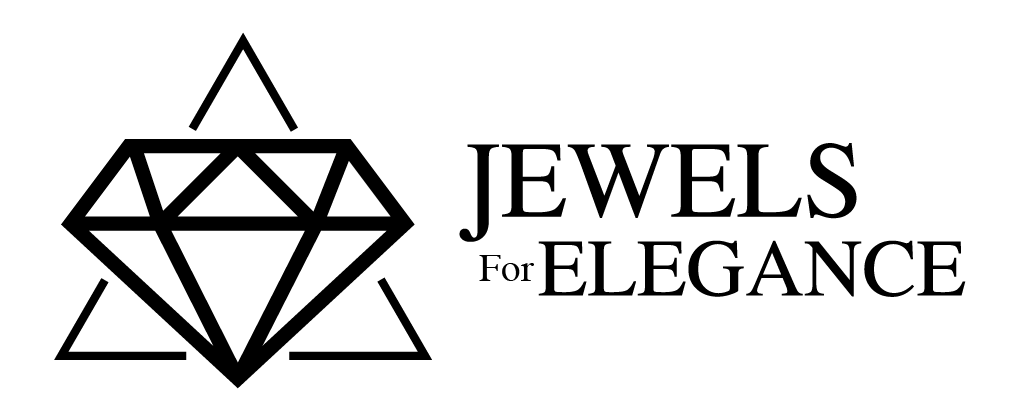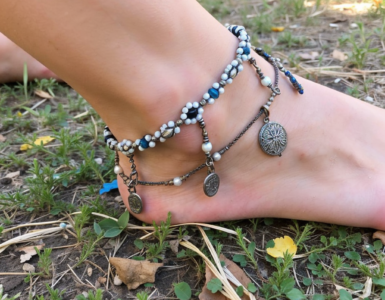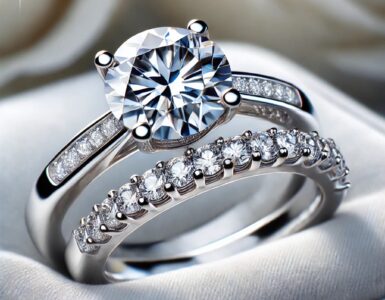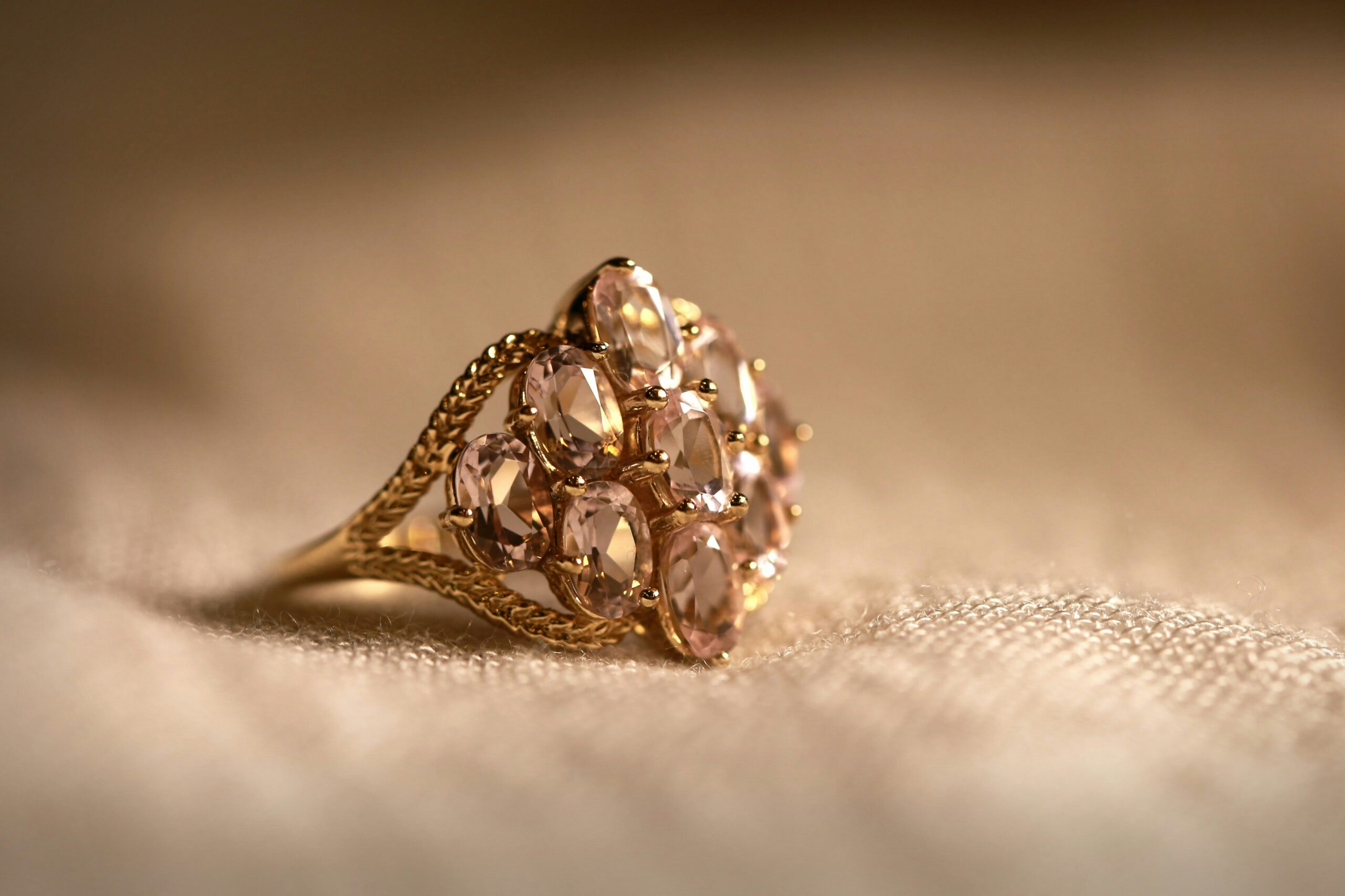
Studs Size Guide: Piercings have been a common way to express individuality as well as style and. Selecting the right stud size and gauge as well as the post’s thickness is vital for comfort and healing as well as showcasing your individual style. If you’re new to piercings or an established fan, knowing the subtleties of stud size can aid you in making informed choices and ensure that your piercings stay safe and fashionable.
What Are Stud Sizes?
Stud sizes are what dimensions are required for a piercing stud comprising its size, thickness (gauge) length and overall size. It is crucial to know these specifications because they affect the comfort, healing as well as aesthetics. For instance:
- Scale Size The size of the post that is that is inserted into the puncturing.
- Length The length that the stud runs through your skin.
- Diameter (if circular): The inner measurement of hoop-style studs.
The knowledge you gain from these basic principles will allow you to choose the correct stud for your type of piercing and body.
Understanding Gauges and Post Thickness
It is believed that the measurement on a stud relates to the size of the post. lower numbers signalling thicker posts. Here’s a quick breakdown:
| Gauge | Millimeters (mm) | Common Usage |
|---|---|---|
| 20G | 0.8 mm | Ear piercings that are standard |
| 18G | 1.0 mm | Nose piercings, cartilage piercings |
| 16G | 1.2 mm | Lip piercings, eyebrow piercings |
| 14G | 1.6 mm | Navel, tongue and industrials |
Gauge Size Chart for Piercings
To make it easier to select the right gauge for you, consult the table below to convert millimeters to gauges:
| Gauge (G) | Millimeters (mm) | Inches |
|---|---|---|
| 20G | 0.8 mm | 0.0315 inches |
| 18G | 1.0 mm | 0.0394 inches |
| 16G | 1.2 mm | 0.0472 inches |
| 14G | 1.6 mm | 0.0625 inches |
| 12G | 2.0 mm | 0.0787 inches |
Common Stud Sizes for Different Piercings
- Earlobes generally 20G or 18G, with an earlobe length of 6-8 millimeters.
- Carilage Piercings generally 16G and the length of 6-8mm.
- nose piercings generally 20G or 18G based on the individual’s preference.
- lip piercings The preferred size is 16G with lengths that vary depending on the location.
Stud Size Chart for Beginners
If you’re a novice to piercings this simple chart can help guide the right choices for you:
| Piercing Type | Gauge | Length |
|---|---|---|
| Ear Lobe | 20G-18G | 6-8 mm |
| Cartilage | 18G-16G | 6-8 mm |
| Nose | 20G-18G | 6-8 mm |
| Lip | 16G | 8-10 mm |
Choosing the Right Stud for Your Piercing
For you to ensure that you pick the right stud
- Talk to a professional piercer.
- Think about your anatomy and the the location of your piercing.
- Consider your healing phase to be considered.
FAQs About Stud Sizes and Gauges
How do I find out the gauge of my Studs?
You can determine the gauge with an instrument or gauge chart. If you’re not sure, ask an expert piercer for help.
Do I have the option of switching to a lower gauge after my healing?
Moving to a less hefty gauge could result in the piercing shrinking. It is recommended to talk with an expert before making any modifications.
What is the difference between length and gauge size?
Gauge is the measurement of the size of the stud and length is the distance between the base and the top of the post. Both are essential to ensure the proper fitting.
Are there specific gauges to help ears with sensitiveness?
For ears that are sensitive, opt for hypoallergenic substances such as titanium or surgical steel that are available in normal sizes (20G and 18G).
- Which is the largest popular size of earring?
The most popular gauge size for normal earrings is 20G. - How can I convert gauges to millimeters?
Make use of a gauge-tomm chart or a converter tool to obtain precise measurements. - Do I have to utilize different sizes for the same the piercing?
It’s possible, but you should consult an expert for piercings to ensure compatibility. - What can I do to determine the size of my studs is right?
A properly-sized stud should feel comfortable but not too tight, and the length of the stud will allow for swelling as it heals. - Are gauge sizes universal?
The gauges’ sizes do not vary by region and maker. - Which is the most secure material for Studs?
Materials that are hypoallergenic like titanium or surgical steel are great.
Go to home page


















Add comment